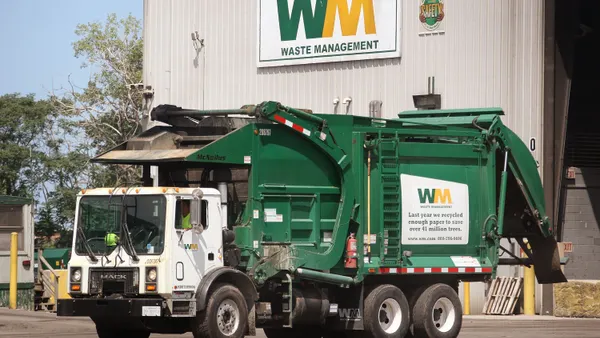Dive Brief:
-
Elected officials in New York City want the U.S. Environmental Protection Agency to designate the Gravesend Bay Transfer Station a Superfund site, which would halt construction in the area.
- Residents have protested the construction of the marine waste transfer station for years. One concern is that the dredging required to build the station will stir up noxious chemicals left behind by an incinerator from decades past. Also, Council member Vincent Gentile in a letter to the EPA said that in 1954, a ship carrying munitions capsized in the bay, "littering the ocean floor with potentially active shells." Gentile believes that if the shells explode, the city runs the risk of "the chemicals left by the incinerator being disseminated throughout New York City waters."
- The Superfund process is complex. Multiple site assessments and placement on a National Priorities List has to happen before authorities can order the responsible parties to take action.
Dive Insight:
U.S. Rep. Dan Donovan, Assembly member William Colton and Council member Mark Treyger wrote to EPA Administrator Gina McCarthy, the Brooklyn Daily Eagle reported. "Disturbingly," they wrote, "a 2012 study conducted by the New York City Department of Sanitation identified extremely high levels of metals, chlorinated hydrocarbons, and pesticides at the incinerator site. ... Dredging and other activities necessitated by construction of the Southwest Brooklyn Marine Waste Transfer Station could further disturb the dangerous toxins, threatening the health and safety of the nearby area."
The situation in New York City is reminiscent of one in Missouri. The St. Louis-area congressional delegation asked the U.S. Department of Energy to re-evaluate whether the West Lake Landfill in Bridgeton should be added to a U.S. Army Corps of Engineers cleanup program, and urged the Obama administration to act.










